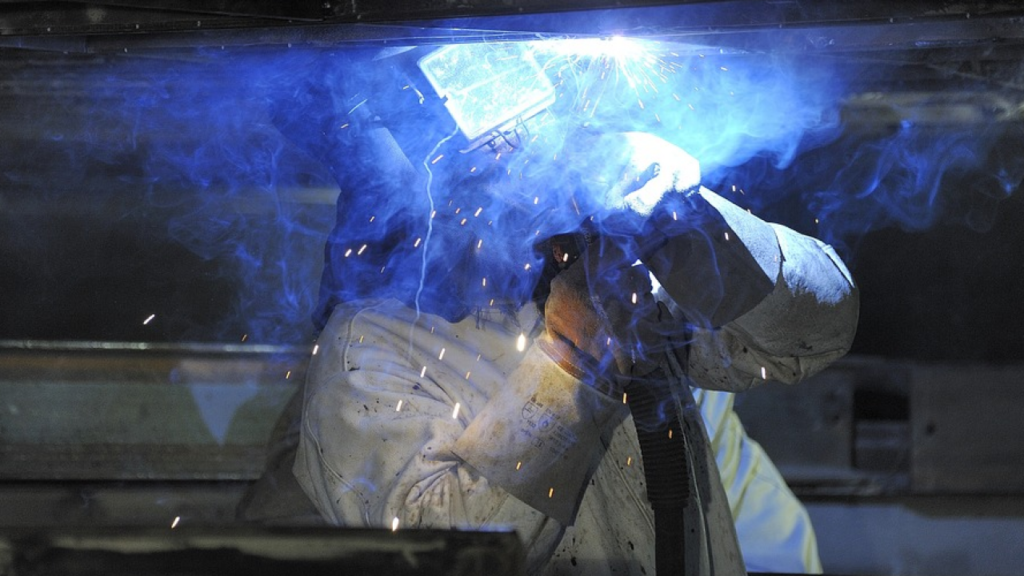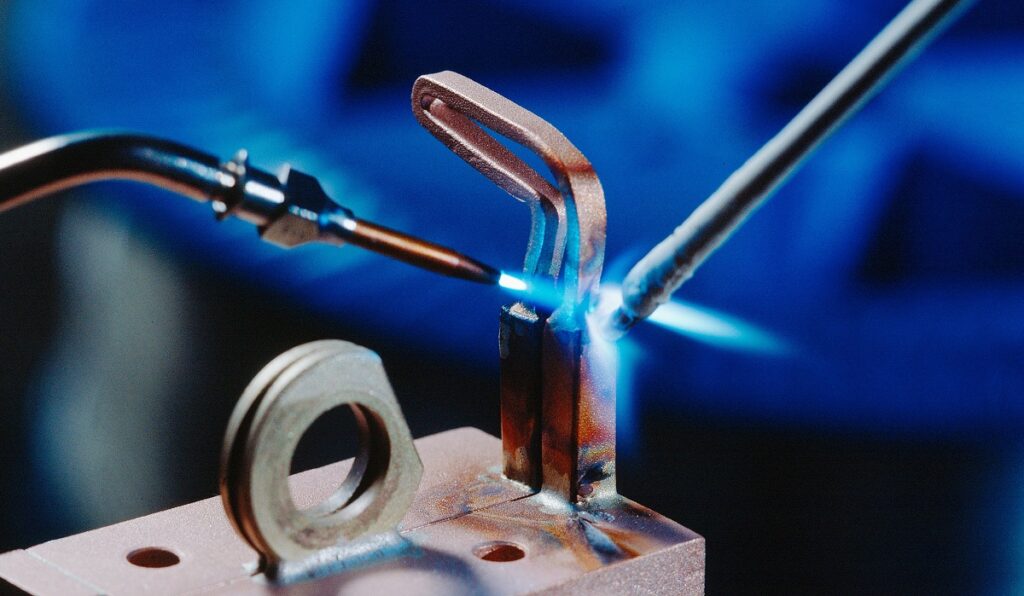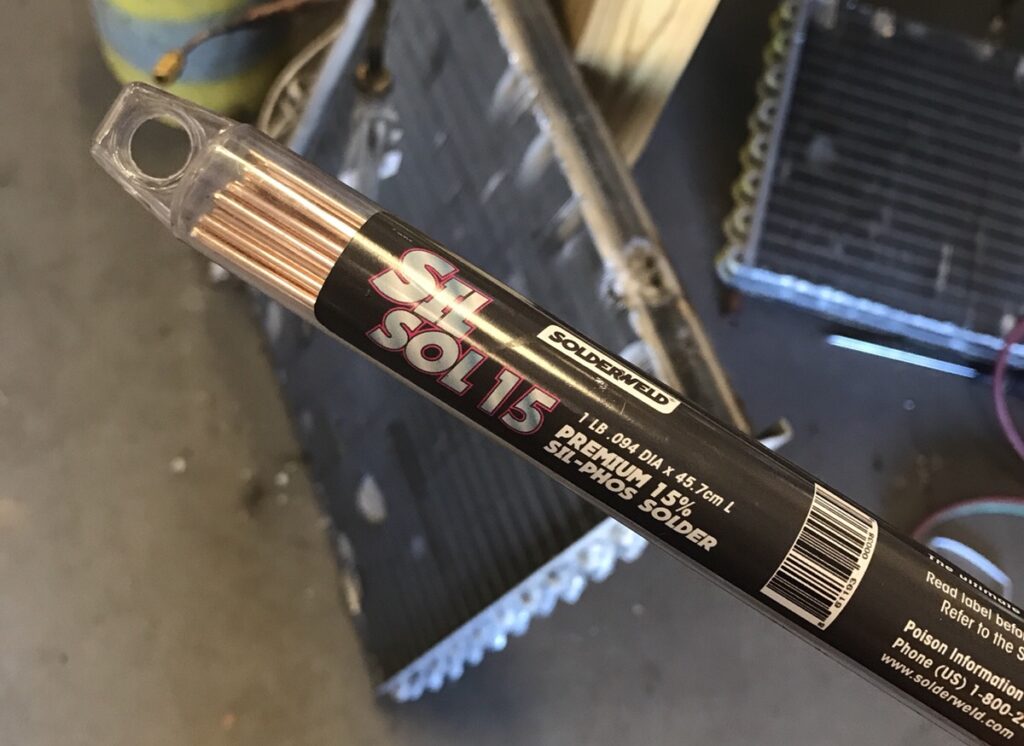There are three ways to create long-lasting bonds when joining metals and alloys (and ceramics) of the same or different types. This includes welding, brazing and soldering. All of these processes are similar, but the temperatures at which they are done are quite different. The most heat-intensive process is welding since it melts the base materials to get the strongest joint. Brazing is performed below the melting temperatures of the metals, but frequently higher than 450°C, and uses a filler material, mostly rods to create a strong joint. To avoid oxidation in the brazed joint, a protective flux is also used. Soldering joins materials with the help of melting tin and lead alloy, called solder at 320°C.
All methods are widely used, though the strength and the overall finish of the joint differs. Also, brazing is preferred when joining different types of metals.

Types of Brazing
Brazing is a widely used joining process in a range of different industries. It is preferred where smooth, strong and seamless joints are needed. Heat is applied in two ways – locally, to the adjacent parts of the materials being joined, or to the entire brazing assembly. The first method is used in torch brazing and is the simplest and most common form of brazing. The heat from an ignited gas, either acetylene, hydrogen or propane, mixed with oxygen or air is applied to a brazing filler rod dipped in an anti-oxidant flux. The process can be carried out manually or can be automated for large-scale applications. Other localised brazing methods are induction and resistance brazing, which make use of heat generated from an electrical current.

Diffused brazing applies heat to the whole assembly, heating both pieces and filler materials at the same time. Furnace brazing is the prime example here and benefits from a flux-less process performed in controlled temperature environments. Dip brazing involves dipping the entire assembly into a molten-hot mixture of brazing alloy and flux.
Brazing Rods
Brazing rods or metal fillers in different mixes are used in manual torch brazing. When choosing the type of rod you need, there are a few things to consider first:
- The materials being joined
- The temperature at which the joint is achieved
- The type of joint
- The environment in which the final product is used
The materials in a brazed product determine which kind of brazing rod can be used. Certain rods will be preferred over other types in joining the same or different metals together. This is vital in achieving the required strength in the joint, which is void of leakage and has the needed conductivity. Rods are generally metal mixtures or alloys in different concentrations:
- Aluminium-silicon brazing rods are used in brazing objects of pure aluminium or aluminium alloys, in light aluminium fabrications and maintenance. The silicon content is generally under 5 per cent. Most aluminium rods are core-fluxed, meaning additional borax flux isn’t needed. They can be used with basic oxyacetylene torches. Aluminium-silicon rods have a relatively low melting point, are easily applied and have good corrosion resistance.
- Copper-phosphorous rods are used in copper and copper alloys, generally without the use of flux. They have low melting points and are easily applied to the parent metals. Typical use is in the air conditioning and refrigeration industries. They cannot be used on ferrous metals like steel, or copper alloys with high nickel content.
- Copper and copper-zinc (brass) brazing rods are used to join copper or copper alloys, different steel grades, cast iron, and cemented carbide. Traces of iron, nickel and manganese give these rods high joint strength and resistance to corrosion. Flux must be used to avoid contaminants spoiling the joint. The process where brass rods are used is also known as braze welding.
- Nickel rods are used where high heat and corrosion resistance Is needed. They join carbon and stainless-steel items, cobalt alloys, nickel alloys and copper.
- Silver are by far the most common material used in brazing and soldering. Silver rods have low melting points and are used with flux. Rods may also be sold as flux-coated. The concentration of silver varies, ranging from 2 per cent in soldering rods to 56 per cent in the best and most expensive silver brazing rods. Silver is prized for enhancing the mechanical strength and electrical conductivity of the final product. It also is good against corrosion. Silver-based brazing rods may produce a joint with higher strength than the parent materials, depending on the trace metals, like zinc or cadmium. It is often used in the tool industry to join ferrous and non-ferrous metals, except for aluminium and magnesium alloys.
The melting temperature of the base materials joined by brazing filler rods must exceed that of the rods. Brazing rods are sold in different thicknesses, depending on the type of joint required in relation to overall strength, conductivity and corrosion resistance. Joints are also affected by the thermal expansion of dissimilar materials. Rods without fluxed coatings are periodically dipped in flux solutions to enable easy joining or wetting and prevent oxidation, reducing bonding strength. Take into account where the final products are used. Environments with high corrosion or vacuum will not be ideal for some brazing filler rods.

Brazing rods are sold in different sizes and are often packaged by weight. Expect to pay the most for silver-based rods. Brazing rods, solder, flux and torches are sold in all well-stocked welding shops.











